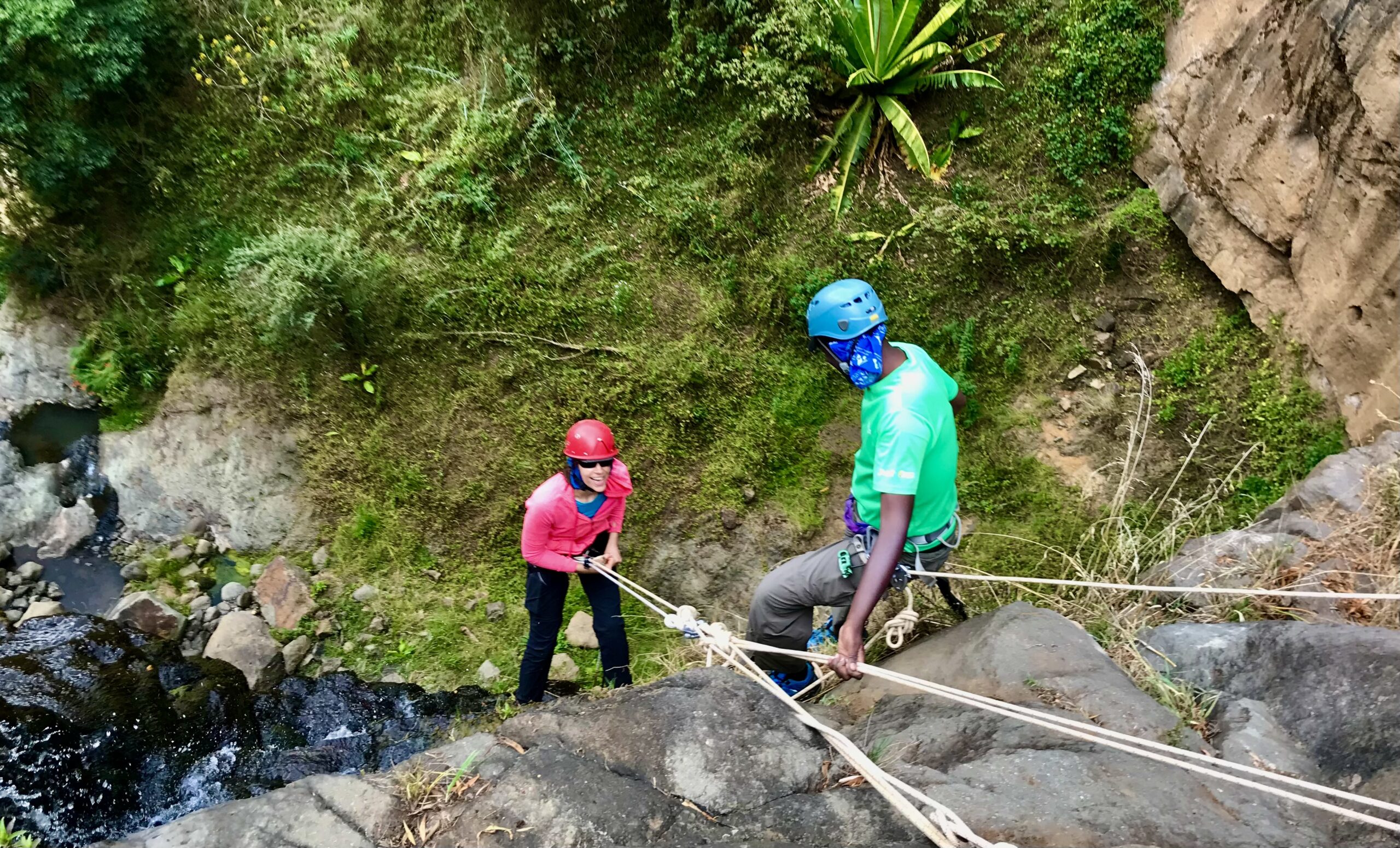
How does Kilimanjaro compare to Everest Basecamp?
Mt Kilimanjaro Vs Everest Base camp
Do you ever question how Kilimanjaro compares to the Everest Base Camp trek? Or have you eliminated the Everest Base Camp (EBC) trek from your hiking bucket list, because the ‘Everest’ name sounds daunting? Our founder and lead adventurer Gitonga Wandai, who has vast experience on both trails shares key aspects about both treks in this piece.
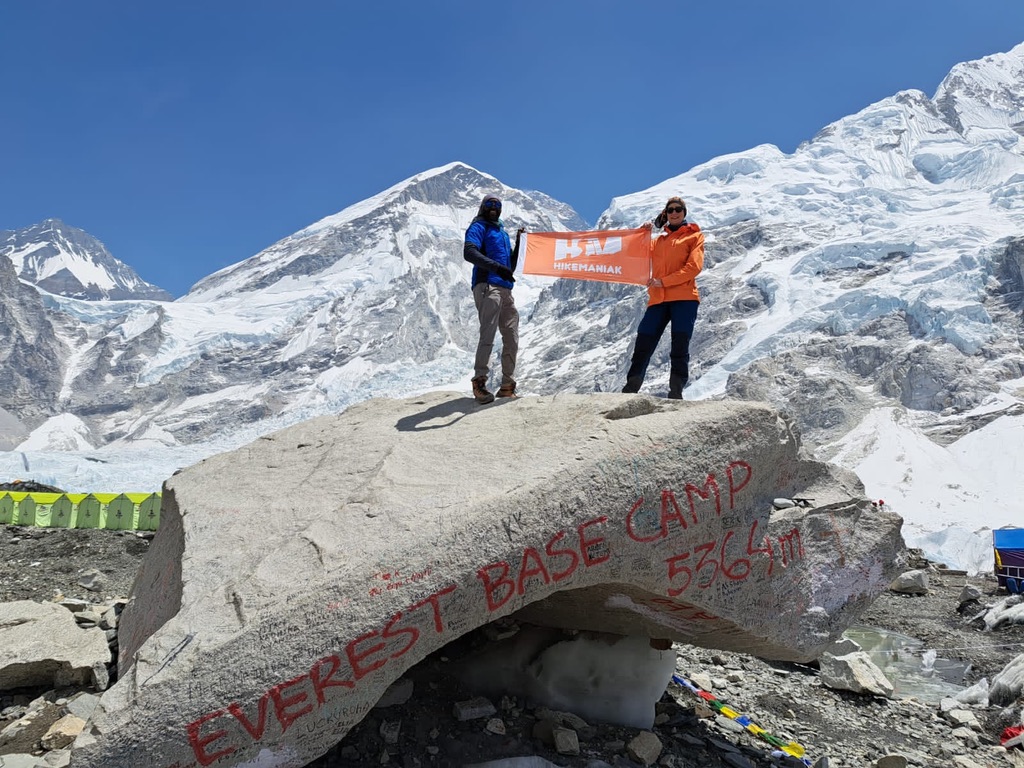
Highest Altitude
Mount Kilimanjaro is the world’s highest free-standing mountain. Yes, Kili is and not Everest. In simple terms, a ‘free-standing mountain’ refers to a stand-alone mountain that is not part of mountain ranges. Everest is the highest mountain in the Himalayan Range.

Kilimanjaro stands at 5895m asl whereas the EBC sits at 5364m asl. While EBC is significantly lower, one’s response to altitude is dependent on the route that they take. Classic route or Gokyo (Check detail on the routes here)
Kilimanjaro has over 5 routes you can take up Uhuru Peak talking about 5-9 days depending on your availability. Check different routes up Kilimanjaro here.
Cumulative Altitude
The cumulative altitude is dependent on the route taken. Kilimanjaro’s Machame or Lemosho route will be higher due to the rugged- up and down- terrain. This contrasts with Rongai or Marangu routes which tend to be more gradual but with incremental altitude with very minimal descents as you go up. Mount Kilimanjaro is in a protected area hence other than your crew there is minimal cultural interaction past the guides and porters. However cultural tours can be organised before or after the trek.

The EBC via the classic route has minimal descents and ascents- except when heading up to Tengboche from Namche- the rest is relatively a continuous ascent. However, there are two days for acclimatisation, during which you will be required to gain altitude but sleep lower in Namche and Dingboche. This also allows you to immerse yourself in the magic of the landscapes, people, and culture.
Total distance covered (Round Trip)
EBC, whether on the classic route (130km) or the Gokyo route (150km) has more accumulated distance than any route taken up Kilimanjaro (which averages to 8km per day for 6-9 days)an example 54km for Machame Mweka Trail. This means that the elevation is well spread out and you only on average gain about 400m each day as opposed to about 700m in Kilimanjaro.
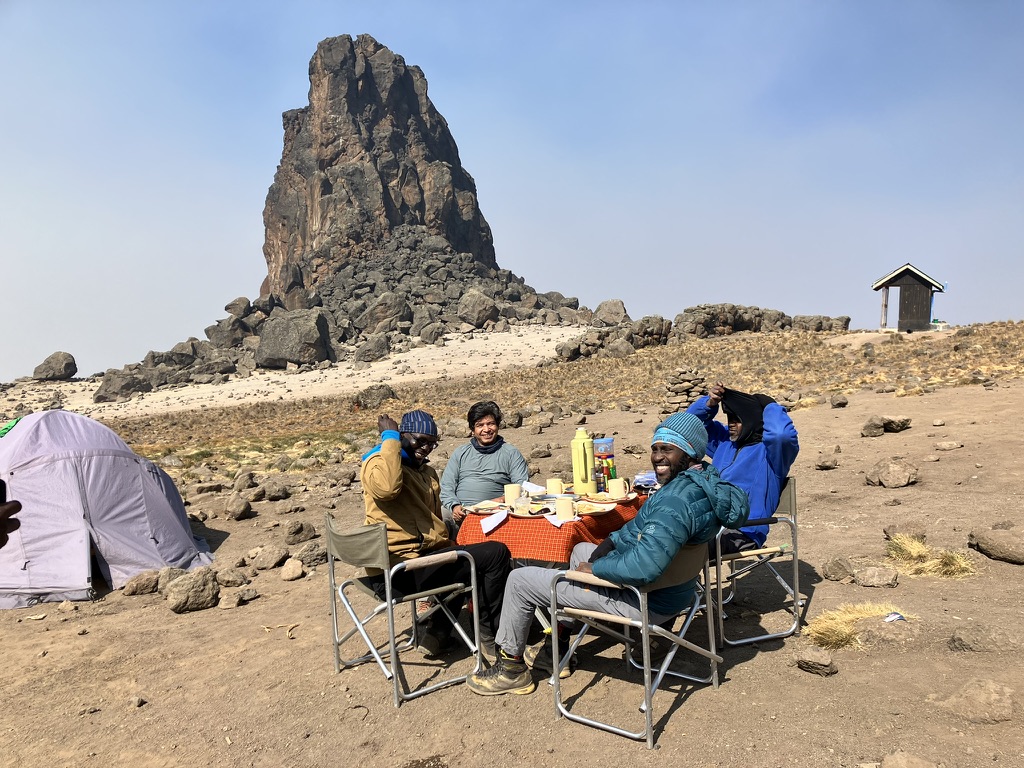
Best times of the year to do them
Kilimanjaro – July- September and December to early March season is the most ideal. Both windows have fair weather and clear skies. These periods tend to be drier too. For the EBC – Spring (March-mid May) and Autumn seasons (September-Mid-November) would be the best time to plan for a trek because the weather is fair, warm, and clear skies.
Time spent on high altitude
Most treks in Kilimanjaro will range from 5-9 days – and very minimal time spent above 4000m asl- say 2-3 days. This is as opposed to EBC, where an upward of 5 days spent above 4000m asl. This tends to pause a problem, especially for trekkers who are not well acclimatised.
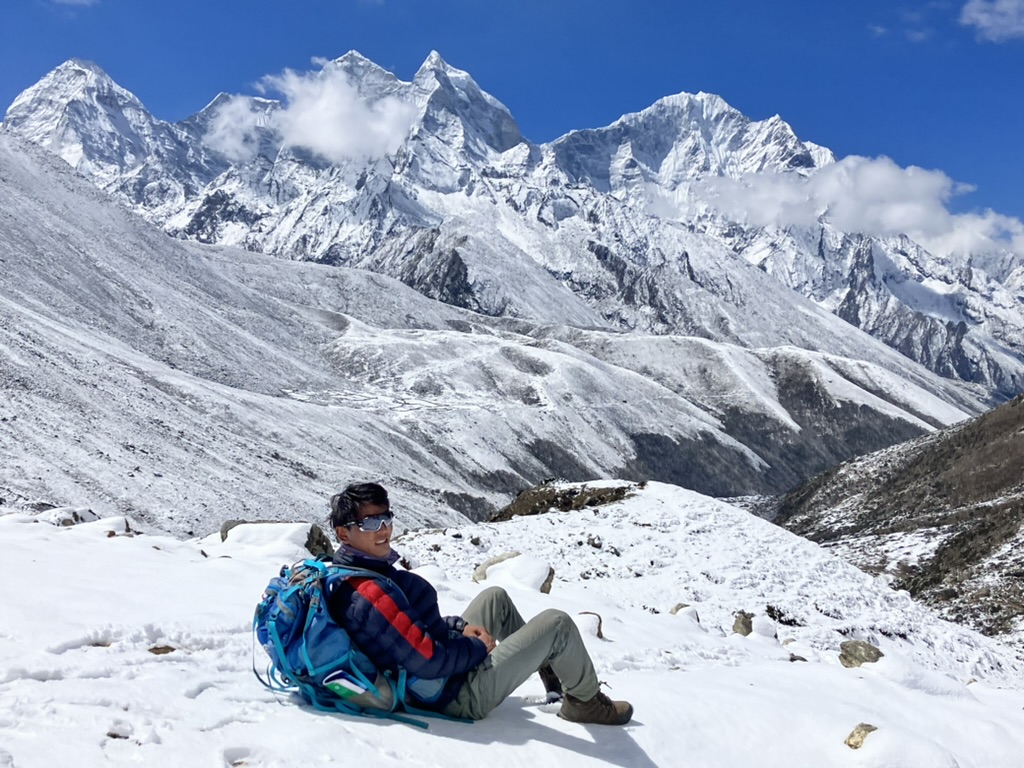
Total days required for the treks
For Kilimanjaro, 9-12 days including travel- assuming you are taking two days of travel each way especially if you are coming from outside the East Africa region-(5-9) days spent in the mountain depending on the route you are using.
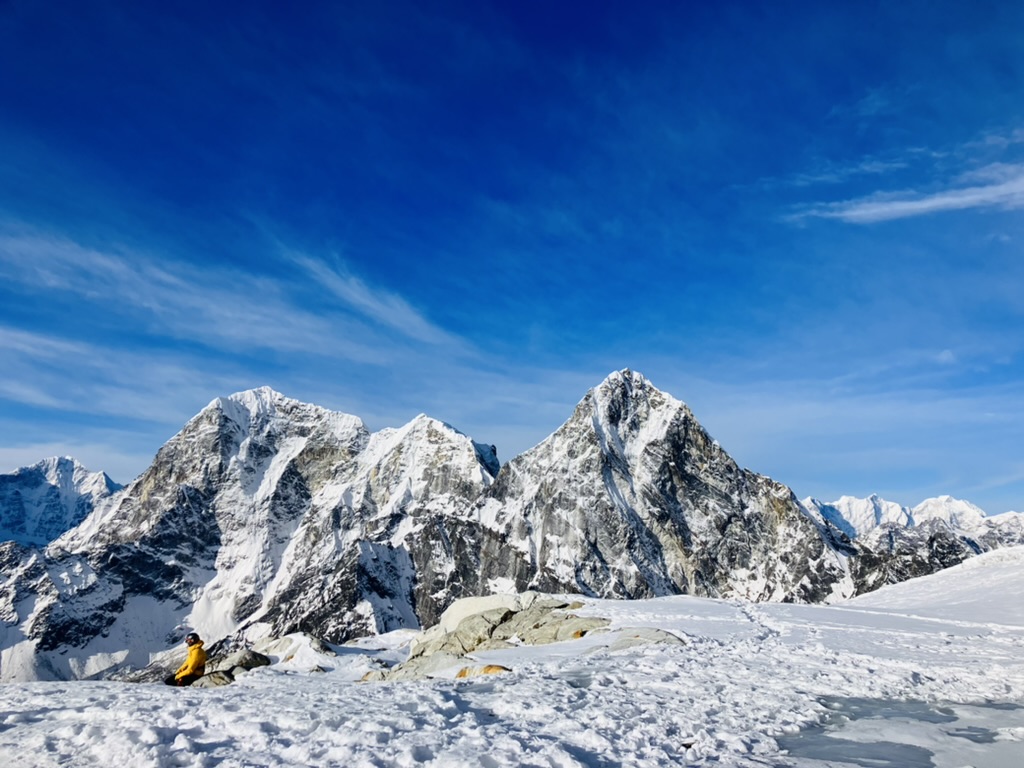
For the Everest Base camp trek, you will need 15 days (classic route), and 21 days are required to complete the trek via Gokyo including travel days (two days each way)
Budget for each the trek
The trek’s budget will vary but the focus here will only be on the trek cost. This is excluding flights, insurance and other related costs. An estimate of the EBC treks ranges from – from $1550 (classic route) and $2,100 Via Gokyo.
For Kilimanjaro, depending on the trail and the number of days required for the trek, packages start from KES. 66,500 East African citizens and USD.1999 for non-residents.
Accommodation.
Most trails up Kilimanjaro are camping routes except the Marangu route which has basic but well-maintained mountain huts. The huts are fitted with double-decker beds. You are required to carry your own sleeping bag. Accommodation for EBC is majorly in tea houses or lodges. The lodges range from basic to comfort to luxury depending on your budget.

Food
The meals in Kilimanjaro are prepared by experienced chefs who serve both local and as well other delicacies. Meals are served in mess tents and dining areas for the Marangu Route.
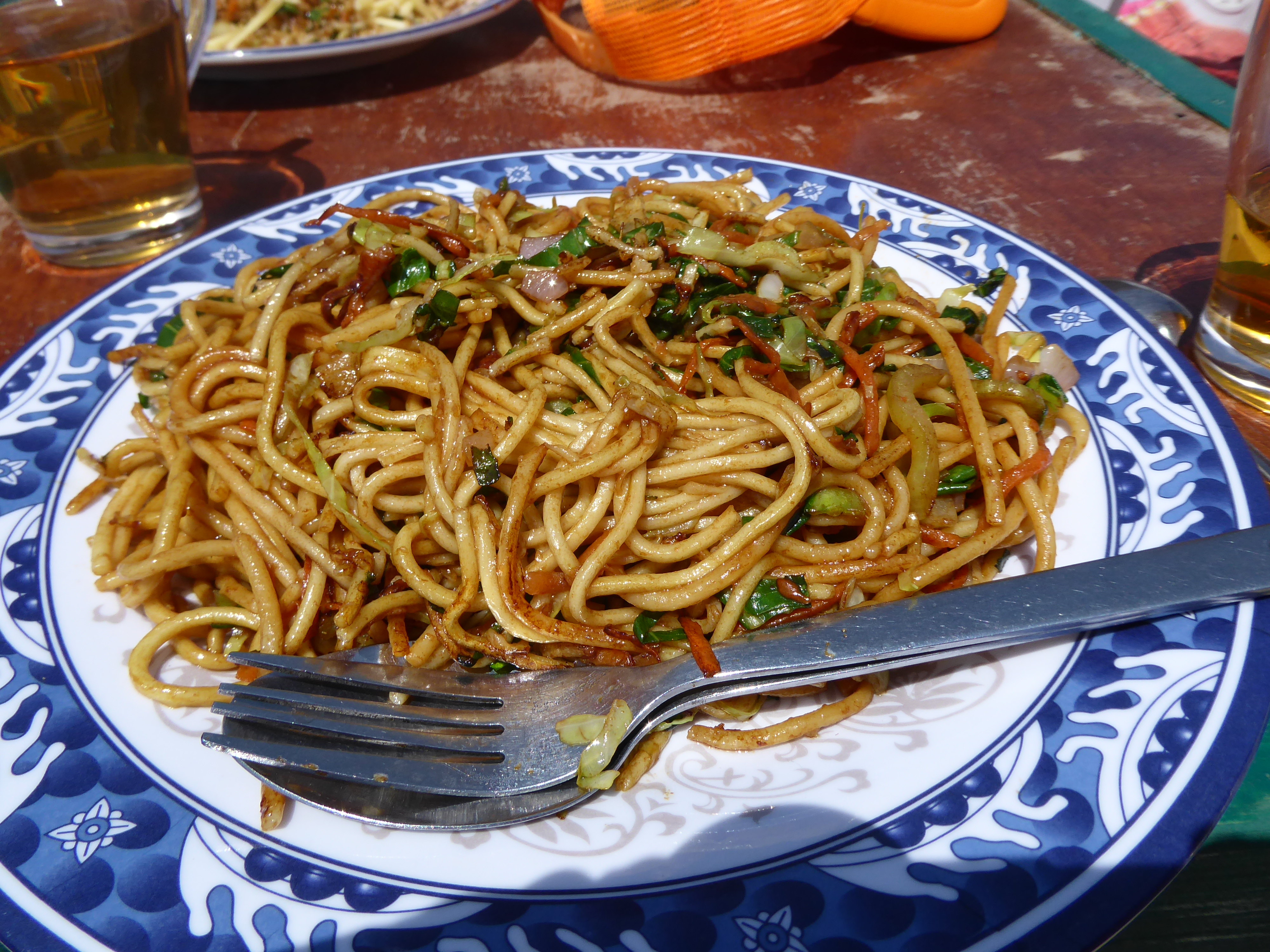
For the EBC trek all meals are served in the lodges. A menu is normally provided of which you need to order immediately when you checkin and indicate the time you will have the meals. The meals are freshly made. You may also visit other cafes’, bakeries, and bars especially in Namche Bazaar, Dingboche, Pheriche, and the magical Gokyo are the most memorable.
Attractions
Mount Kilimanjaro is the highest mountain in Africa- that in itself is an attraction. However, within the mountain, there are other peaks beside Kibo (Uhuru Peak- 5985 m asl) block- Mawenzi (5149 m asl) along Marangu Route and Shira (3962m asl) peak well visible from the Machame route and even accessible from Lemosho providing an exciting tour on the trek. Also, Mt Meru (4562m asl) provides a beautiful vista on the horizon from Machame/Lemosho Route.
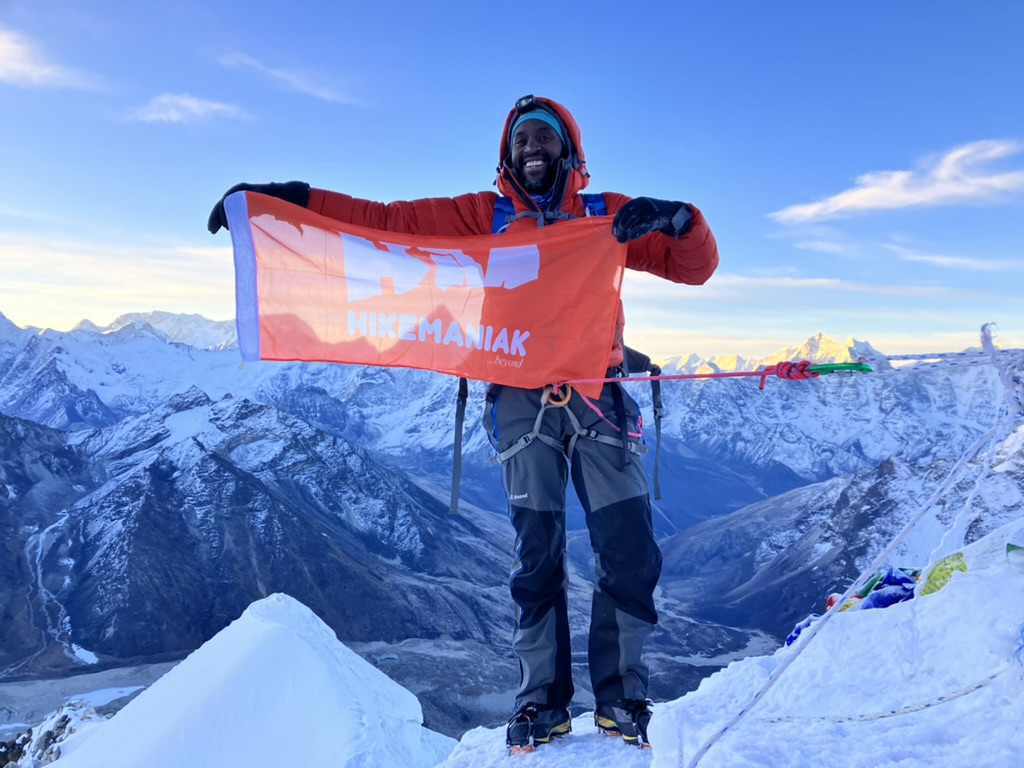
Everest Base Camp when it comes to views – is an optical feasting on another level. Depending on the route taken, you have a chance to view two to three 8000 m high mountains including of course Everest. You’ll also be trekking and meandering through tens of 6000 m+ peaks as you edge towards EBC.
The two treks are a must-do for any acclaimed hiker at least once in their lifetime. They are life-changing. As synonymous with treks, these treks also give you time to reconnect with self and nature, ultimately discovering more of self.
Ready for the treks- see our upcoming climbs to Mount Kilimanjaro and Everest Base Camp







